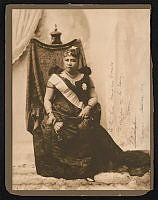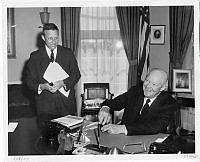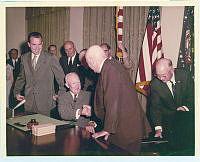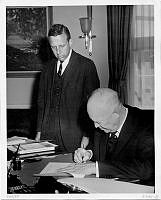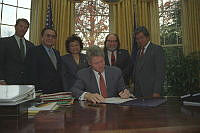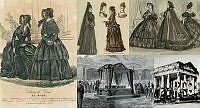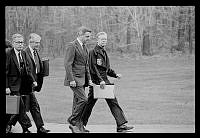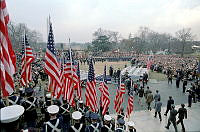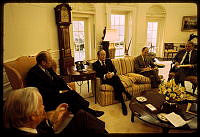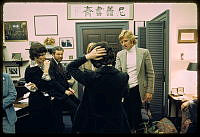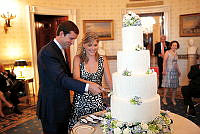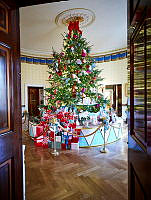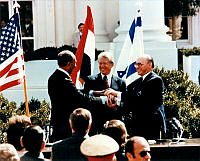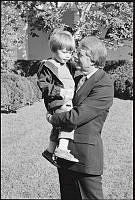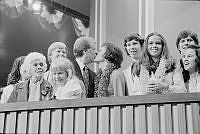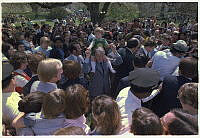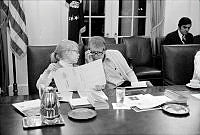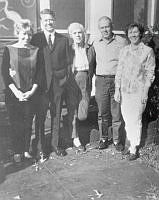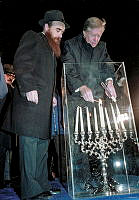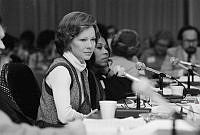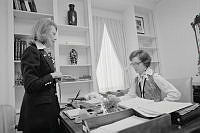White House Decorative Arts in the 1900s
Copyright © White House Historical Association. All rights reserved under international copyright conventions. No part of this article may be reproduced or utilized in any form or by any means, electronic or mechanical, including photocopying, recording, or by any information storage and retrieval system, without permission in writing from the publisher. Requests for reprint permissions should be addressed to books@whha.org
Increased coverage by the press and public interest in the lives of the White House families inevitably has led to writing about objects in the White House. Mrs. McKinley granted permission to Abby Gunn Baker to research and write the first history of the White House china. The McKinleys also refurbished the Blue Room in the Colonial Revival style—the first example of the style on the state floor.
Theodore and Edith Roosevelt brought significant changes to the White House out of the necessity of accommodating their six children. Under the direction of the New York architectural firm of McKim, Mead & White, the second floor family quarters were expanded and the staff offices moved to the new west wing. A major goal of the 1902 Roosevelt restoration was to design and furnish the interior in harmony with its neoclassical exterior architecture in order that it would not be subject to changing fashion. McKim, Mead & White designed Colonial Revival furnishings for the home, impressive chandeliers were installed in the East Room, and other furnishings were obtained to fill the house. Edith Roosevelt ordered new state china with a restrained pattern to serve 120: the capacity of the newly enlarged State Dining Room.

Vase. National Porcelain Manufactory of Sèvres, France, 1898. One of a pair of cobalt blue vases presented to McKinley to commemorate the inauguration of the Franco-American cable under the Atlantic.













